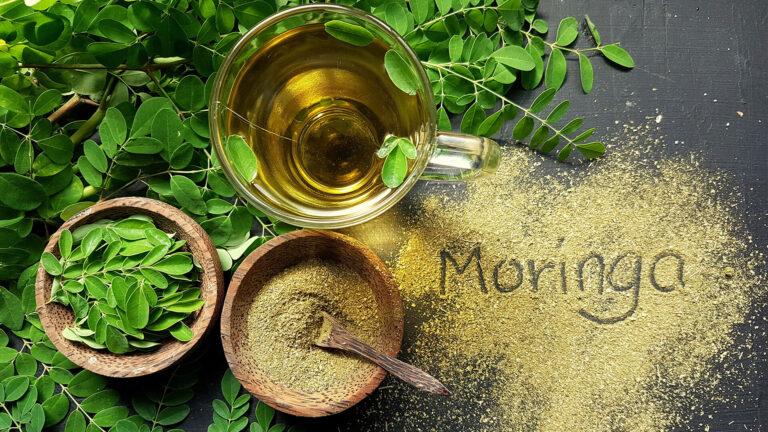Are false nails dangerous for (your health)?
Beautiful, well-groomed hands, especially attractive nails, varnished in trendy colors, are for most women an important part of what we call femininity.
Combined with attributes of feminine charm and beauty such as hairstyle, make-up and well-chosen clothes.
They form a harmonious whole.
An attractive, confident appearance improves our mood and has a positive influence on our self-esteem.
Many of us attach great importance not only to how we are perceived, but also to the impact of beauty treatments on our health!

Are artificial nails healthy?
To understand the situation, we need to take a closer look at popular cosmetic treatments designed to give us beautiful nails.
Whatever the type of extension, it’s important to know that each of them interferes with the structure of our nail plate.
If before treatment we complained about its fragility and breakage, we can’t expect the situation to improve after the extension break.
According to many women, it can take several weeks for the nail to return to its normal state after the tips have been removed.
Acrylic is compared to concrete for its durability and hardness, while gel is a more delicate and flexible material.
It’s up to us to choose the type of nail we want.
Both techniques use similar methods.
The manicurist glues a plastic tip in the middle of the plate, onto which she applies layers of appropriate preparations, or uses templates, on which she creates the desired shape, and after the mass has hardened removes them.
Gel nails require curing with a special UV lamp, which can be unpleasant for sensitive women.
Also read: caring for your nails at home
The hybrid manicure has become an alternative to artificial nails.
It’s more akin to traditional nail polish, with no ready-to-use elements glued on.
Unfortunately, this too begins with the matting and degreasing of the plate, to which a UV-cured gel is applied.
Color is applied to the gel layer, and decorative elements can also be incorporated according to the customer’s wishes.
Each of the methods mentioned requires the removal of layers applied in the salon, using chemical agents.
In addition, gel and acrylic nails are characterized by the need to fill the empty spaces that form as the plaque grows.
This procedure must be repeated every 2 or 3 weeks until the nail has grown in completely.
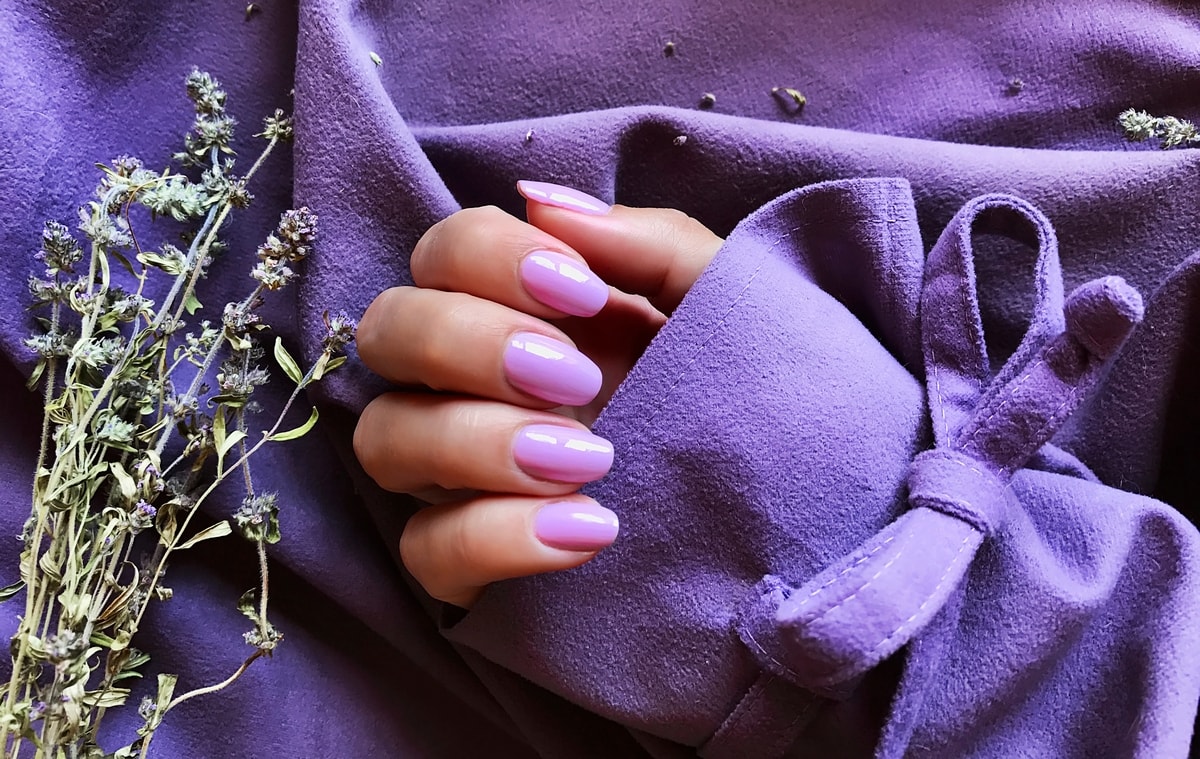
Why are artificial nails dangerous?
The first step, abrasion of the the top layer of the nail plate is to interfere with the nail’s structure, however delicate, and destroy it.
The glued tip is a foreign body that adheres firmly to the nail, restricting air circulation.
In the following stages, the thinner-than-usual nail is exposed to various chemicals.
Gel or acrylic nails look great, but it turns out they can be hazardous to our health.
The substance used can cause inflammation, pain or allergic reactions.
Chemistry and manicure
Cleaning and degreasing the nail itself requires the use of special preparations.
Ethyl acetate, isopropanol, polymethyl methacrylate and popular acetone are the substances contained in the above-mentioned preparations.
Acetone’s strong odor is quite unpleasant and, if inhaled too often and in excess, it irritates the mucous membranes, causes headaches and sometimes even faints.
Isopropanol is used in cosmetic preparations for external use, among other things as a solvent or diluent.
It has a cleansing and degreasing effect.
It should also be noted that technical acetone is not exactly the same ascosmetic acetone.
The acetone used in cosmetics is free of harmful substances and enriched with oils and fragrances, but it still dries out nail plate and cuticles.
You only need to pass acetone-soaked cotton pads over the nail once to see that “sad” picture of dried-out nail areas.
It’s worth noting that even acetone enriched with perfumes still has an unpleasant odor, but it’s less harmful to health than butyl acetate and ethyl acetate, which are used in solvents instead of acetone!
Isopropanol is a type of solvent that causes similar, but less violent, reactions.
However, we need not fear excessive concentrations of these substances in beauty salons.
Even if they are besieged by customers, regular ventilation should be enough to ensure that nothing threatens us.
Also read: how to do a French manicure?
The harmful effects of chemicals mainly affect the nail plate exposed to direct and prolonged contact with them.
If you choose the nail design method, you must take into account the need to use a special glue to fix them firmly in place.
Removing layers of gel, acrylic or artificial nails is also a process that uses chemicals.

What are the risks of artificial nails?
The content of harmful substances in the agents used for nail extensions complies with current Quebec standards.
They have no negative impact on the state of our bodies, with the exception of a local effect on the nail plate.
Opinions on this question are divided, with some advising against these treatments for pregnant or breast-feeding women, while others see no contraindication.
It’s certainly preferable and safer to ensure a balanced diet, to provide the body with the right amount of essential vitamins and microelements responsible for the healthy appearance of our nails.
It is true, however, that artificial nails are becoming increasingly popular, regardless of the side effects they entail.
The decision is yours!
Why are acrylic nails so popular?
More and more women of almost all ages are opting for gel or acrylic nail extensions.
Acrylic nails give the effect of a perfect manicure, as they are made of durable plastic.
The answer to the question of why artificial nails are so popular is quite simple: they’re the best way to hide the imperfections of our natural nail plate.
What’s more, acrylic or gel nails allow decorations that would be impossible or unsightly on natural nails, especially if they’re short.
If you have a bad habit of biting your nails, or if your nails are simply brittle, fragile and short, a gel or acrylic manicure is certainly a great solution for weddings, parties or other special occasions.
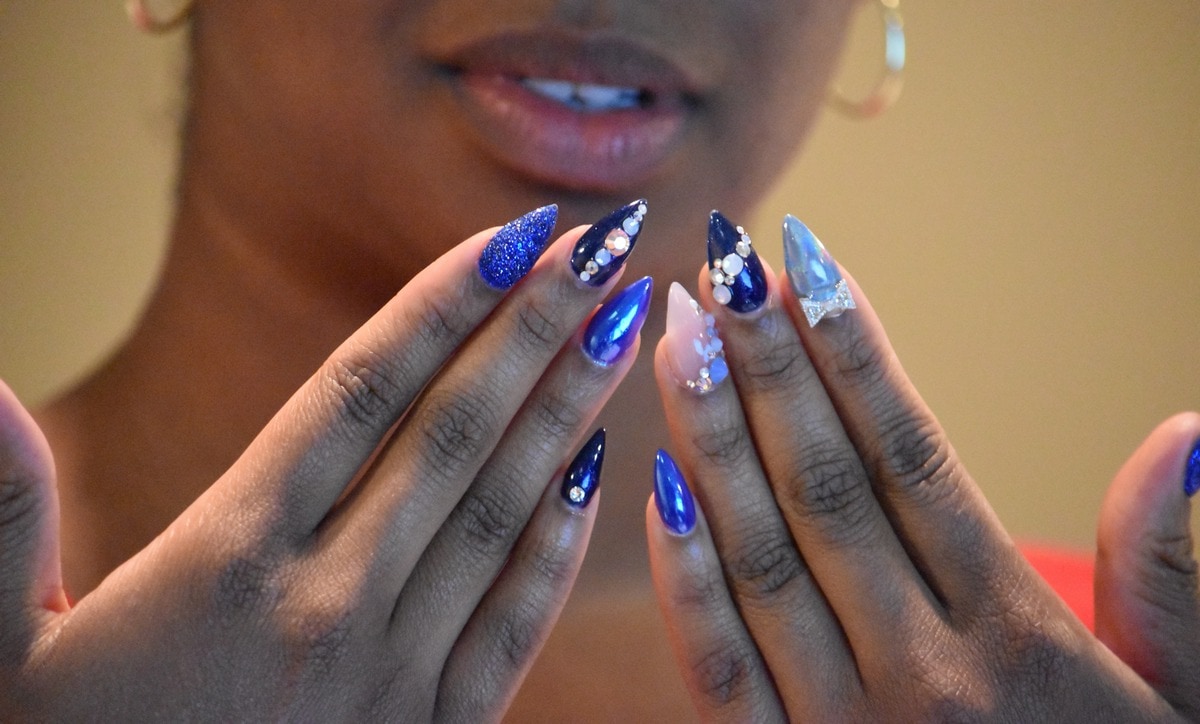
What risks should you be aware of?
An acrylic manicure looks perfectly natural and harmless, but you need to be aware of the possible side effects that can be caused both by the gel or acrylic application process and by prolonged wear.
Here are a few possibilities of what can happen:
Chemicals in acrylic, such as formaldehyde or synthetic resin, can cause inflammation, burns, pain or allergic reactions. In extreme cases, this can even lead to nail breakage.
There have been cases of nail loss or destruction of the nail bed, so that the nail cannot grow back.
If ventilation is inadequate in your chosen beauty salon, you risk inhaling and therefore being poisoned “by chemicals or irritants”.
Some salons use methyl methacrylate for treatments, which can be dangerous for your skin and respiratory system.
Some of the substances used in nail extensions are flammable, so be careful with lamps or hair dryers and other heat sources.
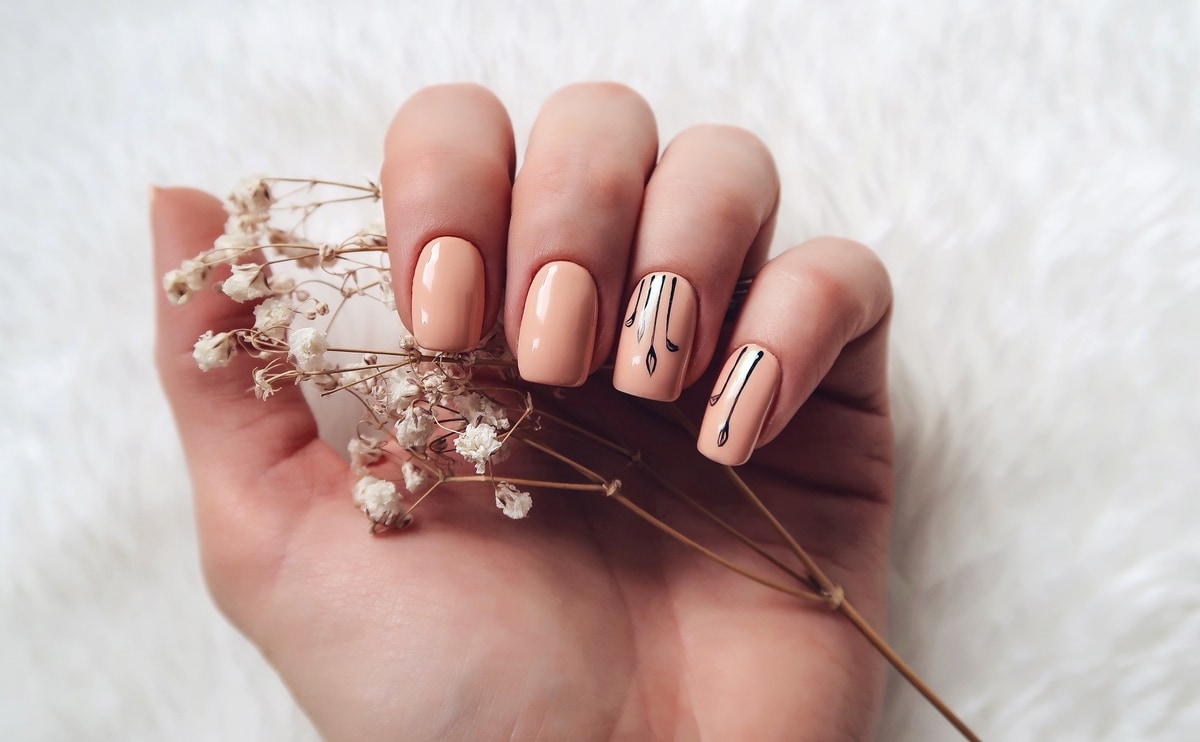
What else should you look out for?
Make sure that the salon where you have your manicure done takes care to sterilize tools and uses only disposable products. The risk of fungal infection is particularly high with these treatments.
The beautician must wear disposable gloves on her hands throughout the treatment. A simple cut can be the source of many infectious diseases.
Don’t cut cuticles – they form a natural protective barrier for your nails, guarding against infection and harmful micro-organisms.
Be sure to wash and dry your hands before the procedure to avoid bacteria or fungi remaining on the plate before the acrylic is applied.
Before opting for gel or acrylic nails, you need to be aware of all the possible risks and drawbacks associated with this type of manicure.
Even in the best salons in Montreal, mishaps can happen.
Only a well-informed customer is a safe customer.
Remember that acrylic nails are rigid and easy to damage.
However, if you tear off an acrylic nail, you also risk tearing off the plate of your natural nail, which is extremely painful and takes a long time to heal.
Artificial nails also present an increased risk of infection, as micro-organisms such as bacteria and fungi can hide between the acrylic and the natural nail plate.
Allergic reactions to acrylic or gel are a fairly common problem: the most common is an allergy to plastic and toxins.
Symptoms include red, swollen or itchy skin.
A damaged acrylic nail presents an increased risk of viral or bacterial infection.
In this case, repair the broken manicure as soon as possible or remove it completely.
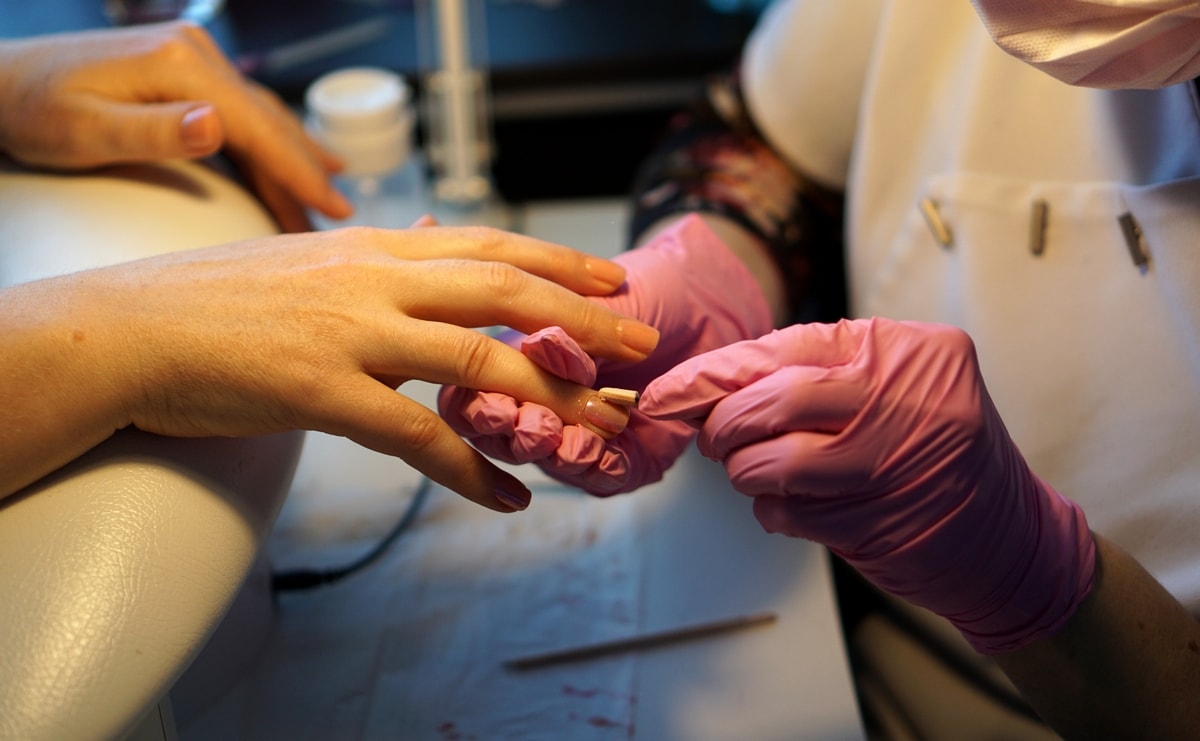
Cleanliness and hygiene of the beautician’s workplace
The harmfulness of an artificial manicure depends not only on the cosmetics and preparations used during the treatment, but also on the workplace and the responsibility of the person performing the task.
First and foremost, always choose a reputable nail salon.
If you’re visiting a salon for the first time, pay close attention to the cleanliness of the beautician’s workplace.
It is unacceptable for you to notice “residue” from a previous client at the nail station, in the form of nail pollen or particles of the cosmetics used to perform the manicure.
This also applies to the table and UV lamp, as well as the chair you’re going to sit on.
Manicure tools
The beautician needs to organize her work so that she has time to tidy up between visits.
Pay particular attention to the esthetician’s attire.
Normally, it should consist of an apron, disposable gloves and a face mask to protect the esthetician’s respiratory system when, among other things, she has to stay in a dusty place all day long.
This is proof of professionalism.
Make sure that the cosmetic tools used for manicure are properly disinfected.
These tools should be packaged after disinfection like those in a dental clinic, and you should see the beautician take them out of the disposable, sealed packaging. That way you can be sure they’ve been disinfected.
Otherwise, you remain exposed to disease and infection, which is why it’s so important that this task is carried out by a responsible and highly meticulous beautician.
The same goes for nail files: if you’re a new customer, you need a new file!
Abrasion of the natural nail plate
The structure of the nail is severely affected before application of the tips or base coat for hybrid nail polish.
The esthetician lightly abrades and mattes the natural nail plate, as this ensures that the subsequent coats hold well.
Unfortunately, over the course of months and repeated treatments, the plate regenerates less well, “especially if you don’t take a break” from nail polishes.
The plaque becomes thin and brittle, and in some people, pain quickly appears due to the thinness of the nail.
Light from UV lamps
Recently, the use of UV lamps to fix nail polish has also raised many questions in Canada.
Fortunately, we only leave our hands there for a few minutes, but years of frequent UV lamp use can dry out hands and age them.
Statistics on the carcinogenic effects of a UV lamp applied to the hands are unknown, but it can theoretically contribute to skin cancer (as has been found for artificial UV rays).
If you decide to have a manicure, make sure you choose a professional beauty salon that is well ventilated and tidy.
After applying the gel, observe your hands and every change, no matter how small.
Get into the habit of letting your nails rest after a reasonable length of time.
“One of my biggest dreams is that my company will be able to change the course of one family’s life, one child at a time by giving back to the community.”





